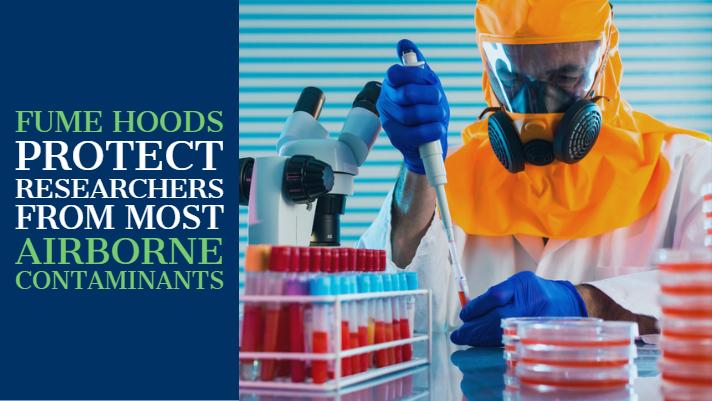
Laboratory environments vary depending on the work being done. Regardless of the field of study or experimentation being performed, safety is always paramount. Fume hoods are a staple among basic laboratory safety equipment as they can perform multiple functions, the two foremost being air filtration and chemical protection.
A Preventable Tragedy
In December of 2008, staff researcher Sheri Sangji was working in a UCLA chemistry lab when a horrific accident occurred. While she was transferring a syringe of tert-butyl lithium, the syringe broke apart and released the highly flammable material onto her clothes and skin. When the chemical interacted with the surrounding oxygen, it ignited; over 40% of Sangji's body was burned, and she died in the hospital three weeks later.
Those these accidents are rare, they emphasize the importance of proper safety equipment use and procedures. Since fume hoods are the first line of defense in such a potentially volatile work environment, their health and functionality is vital. When working correctly, fume hoods are depended upon to protect laboratory technicians from toxic fumes (by exhausting those vapors away from the workbench or work area), ensure proper ventilation by drawing in and filtering contaminated air, and shield researchers from the dangers of chemical spills, fires, and accidental or unexpected reactions. As such, laboratory fume hoods mustbe inspected at least once a year by an independent contractor.
Protection Against Radiation
Many labs perform work on or with radioactive materials; radiolabeling, for example, involves the act of combining radioisotopes with a synthesized drug to measure its path through the human body. These radiolabeled compounds (such as 14C labeling) require their own specialized fume hoods -- usually a Genie Radioisotope Fume Hood -- to prevent radioactive airborne contamination. While fires and chemical reactions are more immediately noticeable, radiation is invisible; this makes proper care and maintenance of the hood all the more important.
Unfortunately, fume hoods can't handle every single type of risk laboratories face. Only by understanding the limits of this equipment can it be utilized to the best of its ability -- rather than being lulled into a false sense of security by the idea that fume hoods can protect you from all lab dangers, it's important to purchase the right tools and equipment for the particular tasks at hand. Remember: safety always comes first.
